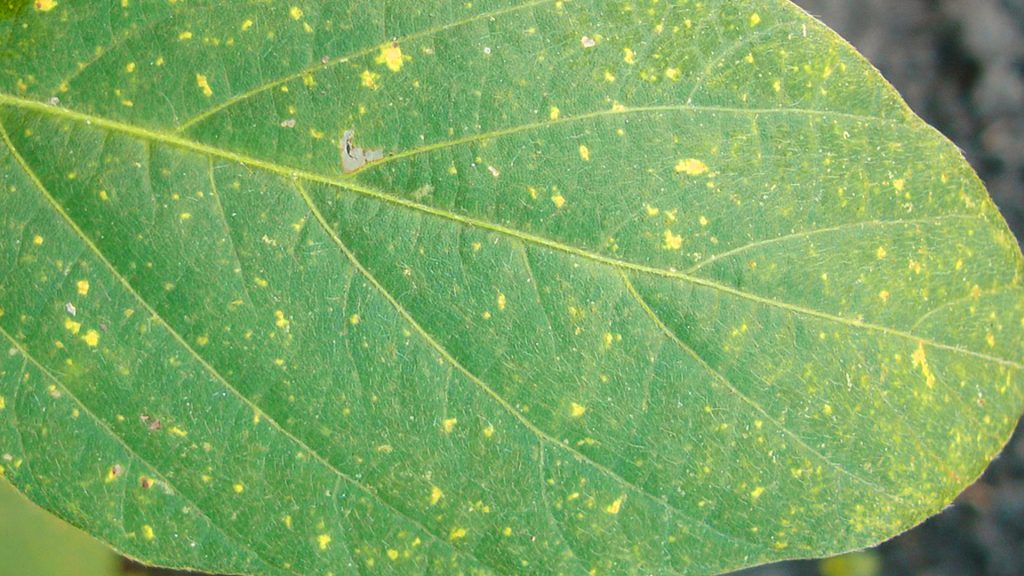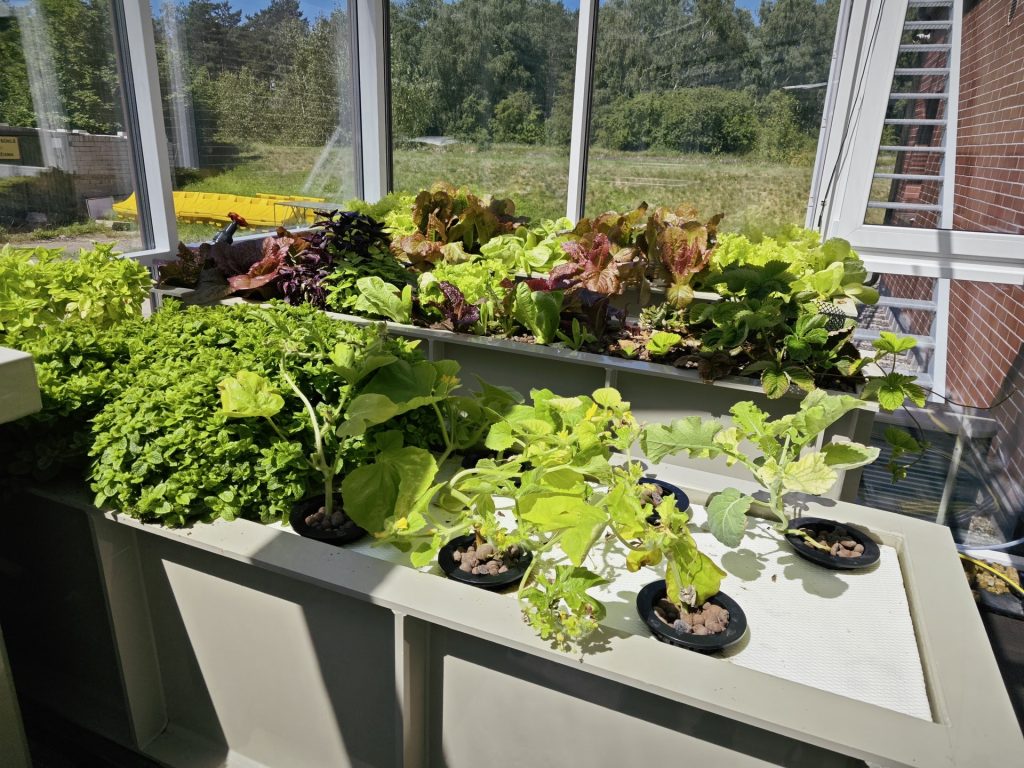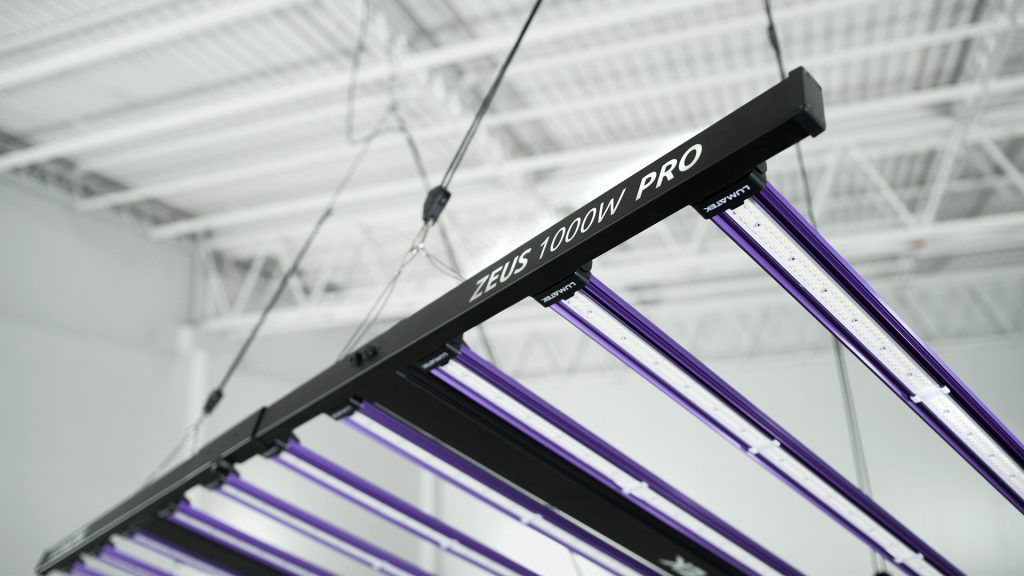Throughout this article, we’ll provide an overview of the economics of LED vs HPS & CMH fixtures, their trade-offs, and their respective spectral effects on plant morphology and quality.
Last but not least, we’ll offer you a valuable insight for managing your production system: does your crop of choice demand you to consider these factors and have them dialed in and optimized?
Topics that you will be able to read throughout this article “LED vs HPS & CMH”:
- The Evolution of Lighting Technologies;
- HPS Technology: A Historical Perspective;
- Comparing Lighting Technologies: Factors to Consider;
- The Pros and Cons of DE-HPS;
- Understanding HVAC Systems and Their Relationship with Horticultural Lighting;
- LED: A New Standard in Horticultural Lighting;
- CMH: A Balance Between LED and HPS;
- The Cost-Efficiency of Modern LEDs;
- Durability of LED vs. Traditional Lighting in Horticulture;
- Crop Response to Light: Key Insights;
- Upcoming Focus: The Importance of Spectrum;
- Financial Resource Management & Getting the Most out of Your Crop;
- FAQ’s of the article “LED vs HPS & CMH”.
Advances in Lighting Technologies
Gone are the days when High Pressure Sodium (HPS) held unquestioned authority in the realm of lighting. In the current panorama of controlled environment agriculture, several modern approaches have claimed a greater portion of the market share that once belonged to the former king: the horticultural HPS fixture. The two worthiest of mention are the LED fixtures and Ceramic Metal-Halide (CMH). Although they have been around for a while, both have undergone multiple advances in recent years, elevating the industry to a new shining standard. This is especially true regarding the progress and leap in performance achieved within LED technology over the last 4 to 6 years.
HPS Technology: A Historical Perspective
Even the old HPS fixtures have seen multiple upgrades since their inception, peaking around 10 years ago with the introduction of the Double Ended 1000W technology (DE-HPS), which enabled the highest efficiency recorded for these types of lamps at that time. This latest technology will be the one we’ll use as a reference when addressing HPS.
Comparing Lighting Technologies: Factors to Consider
From a professional standpoint, when comparing the industry’s former gold standard, DE-HPS, with modern LED fixtures such as the Zeus 600w Pro 2.9, one must consider the following factors:
- Equipment costs;
- Price of electricity;
- Lighting regime (target intensity, spectrum, and desired runtime);
- Type of crop.
The Pros and Cons of DE-HPS
DE-HPS fixtures appear as a tempting solution, primarily because they require a lower initial investment and are a tried and tested workhorse of a technology.
However, its higher energy consumption, along with the increased need for adequate (and more costly) HVAC systems, must be considered.
These added costs come with equally important environmental concerns, which are crucial aspects of brand identity and customer alignment for brands participating in the corporate “green” and industrial space.
Understanding HVAC Systems and Their Relationship with Horticultural Lighting
With technological advancements and changing consumer demands, growers need to be equipped with up-to-date knowledge on horticultural lighting and HVAC systems.
The incorporation of machine learning algorithms in HVAC technology eases the monitoring of environmental conditions in facilities. Understanding HVAC systems is a necessity for growers and a critical factor in the success of indoor cultivation.
Heating, Ventilation, and Air Conditioning – or HVAC, as it is commonly known – is a mechanism that helps maintaining ideal environmental conditions within a space. This versatile system can regulate temperature, humidity, and air quality to ensure that everything remains at desired levels. This is particularly important in the field of controlled environment agriculture, where proper HVAC usage is critical for allowing crops to grow in the best possible conditions.
Horticultural lighting, including LED, HPS, or CMH fixtures, has a direct correlation with HVAC systems in multiple ways.
When it comes to growing plants, heat management is crucial. Lighting systems can produce varying amounts of heat depending on the type. For example, the old-fashioned HPS fixtures tend to give off quite a bit of heat. If there’s no reliable HVAC system in place, this heat can cause the growing environment to become too hot, which could turn out to be harmful for your crop.
LED: A New Standard in Horticultural Lighting
LED fixtures offer unparalleled spectral qualities. The enriched spectrum light (reaching full spectrum in multiple offerings), leads to improved plant structure, potentially enhancing most secondary metabolites, and allows for more effective crop management due to a higher color rendering index (CRI), yielding a superior end product.
CMH: A Balance Between LED and HPS
CMH occupies a middle ground between the two, boasting intriguing properties worth considering. Depending on the conditions of usage and target crop, they might be a viable option due to their blend of spectral qualities associated with LED and the radiant thermal output similar to HPS, albeit at a fraction of the power consumption.
Hence, they are a niche choice in the current industry, especially for northern-climate greenhouses or certain indoor facilities.
The Cost-Efficiency of Modern LEDs
In terms of cost per mole of photons – that is, the price of electricity per µmol of light produced – modern horticultural-grade LEDs are unrivaled, standing as the industry’s leading technology in terms of efficacy. This is supported both in literature and empirical evidence from both indoor and greenhouse ventures worldwide.
Durability of LED vs. Traditional Lighting in Horticulture
When it comes to horticulture lighting, one must not overlook the importance of light source longevity and durability. Though HPS fixtures get the job done, they usually last somewhere between 10.000 and 24.000 hours before they start to get less effective, hindering plant growth.
Their HPS counterparts have been outdone by LED (Light Emitting Diode) fixtures in recent times, revolutionizing the industry. With 50.000 to 100.000 hour lifespans, LEDs last longer. Furthermore, LEDs maintain a consistent light output throughout their lifespan, making sure plants have stable growth conditions.
Modern LED fixtures are now a more sustainable choice for growers due to their superior durability and longevity, despite the fact that HPS lights have been used in the horticultural industry for years.
Crop Response to Light: Key Insights
Regarding the promised insight into a crop’s need for specific light properties, recent research from various crop physiology labs has shown that certain high-value crops respond almost linearly to the amount of light they receive, especially in relation to yield. By ensuring that all other key parameters are in check and providing the crop with optimal lighting, abundant yields can be achieved.
Upcoming Focus: The Importance of Spectrum
Other qualities, such as inflorescence density, production of secondary metabolites, and increased harvest index (HI), are enhanced by full-spectrum properties of light. These topics and more will be delved into in upcoming articles. Stay tuned!
Financial Resource Management & Getting the Most out of Your Crop
Certain types of crops have a steady linear response to invested resources, until reaching peak where diminishing returns start to take place.
Given that light is the ultimate limiting factor, and knowing how to correctly match your light source intensity and spectrum (both quality and quantity) to meet your crop’s needs plays a central role in boosting your yield, the economic advantage is clear.
We’ll further delve into this topic in future educational posts, were we’ll cover the useful concept of Analog vs. Digital crops.
FAQ’s of the article “LED vs HPS & CMH”
To resolve any and all doubts you may still have about what you read in the article “LED vs HPS & CMH”, please consult our quick questions and answers (FAQ’s) section.
1. What is the main focus of this article?
This article provides a comparison between LED, HPS, and CMH lighting fixtures, emphasizing their economics, trade-offs, and spectral effects on plant morphology and quality.
2. Are traditional High Pressure Sodium (HPS) fixtures still dominant in the market?
No, while HPS fixtures were once the dominant choice, modern approaches, especially LED fixtures and Ceramic Metal-Halide (CMH), have gained a significant market share.
3. How have LED fixtures evolved in recent years?
LED technology has undergone significant advances, especially over the last 4 to 6 years, setting new industry standards in performance and efficacy.
4. Which HPS technology is referenced in this article?
The article references the Double Ended 1000w technology (DE-HPS), which represented the highest efficacy for HPS lamps approximately 10 years ago.
5. What factors should be considered when comparing DE-HPS and modern LED fixtures?
Considerations include equipment costs, electricity prices, lighting regimes (intensity, spectrum, runtime), and the type of crop being grown.
6. Are there environmental concerns related to DE-HPS technology?
Yes, DE-HPS fixtures have higher energy consumption, which translates to increased HVAC system costs. This not only impacts expenses but also poses environmental concerns significant for brands in the “green” space.
7. How do LED lights affect plant structure and growth?
LED fixtures provide up to full-spectrum light that improves plant structure, enhances secondary metabolites, and enables better crop management due to a higher color rendering index (CRI).
8. Where does CMH lighting stand in comparison to LED and HPS?
CMH can be considered a middle-ground option, with thermal and spectral properties of both LED and HPS. It might be a viable choice for specific applications due to its blend of spectral qualities and reduced power consumption.
If having access to radiant heat comes with added benefits in a particular production system, the CMH might be the option to consider without having to run the extra expense of adding heating elements to your facilities, while having access to balanced spectrum light quality and high CRI.
9. Which lighting technology offers the best efficacy in terms of cost per mole of photons?
Modern horticultural-grade LED fixtures are unmatched in this regard, standing as the industry’s top technology both in research and real-world applications.








